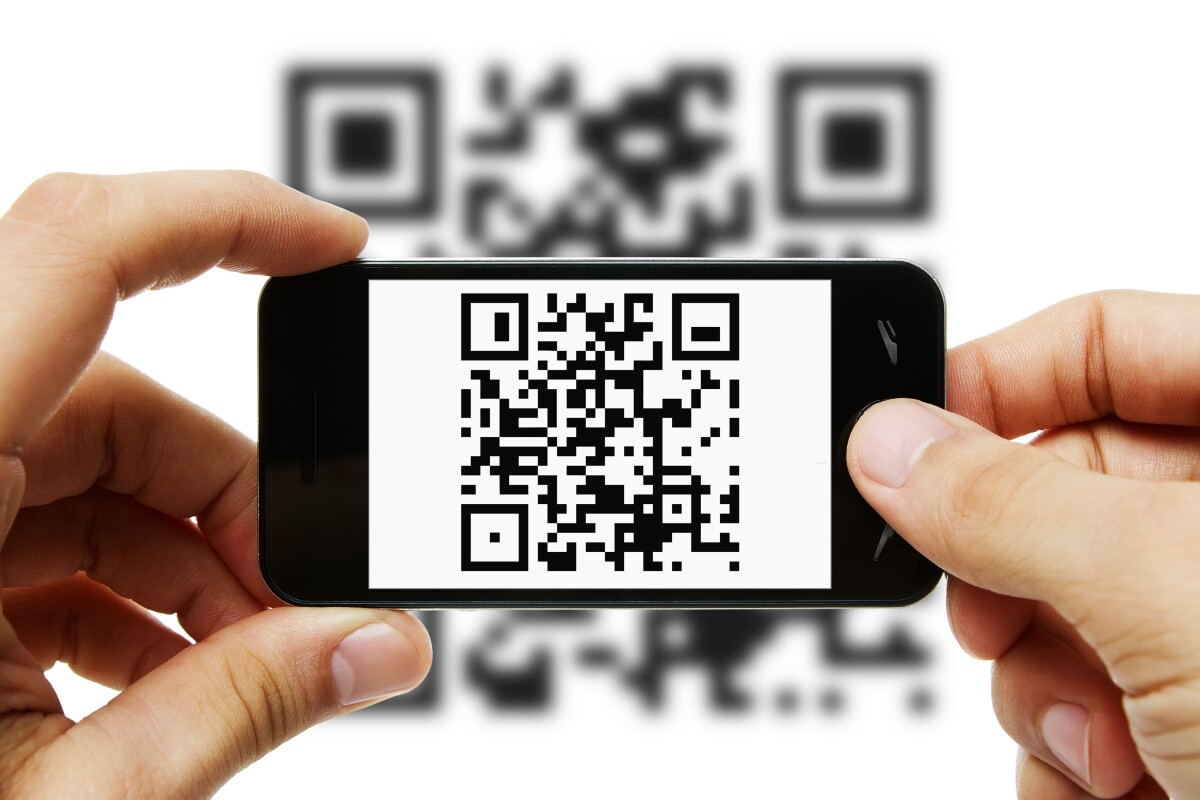Whether they're on product packaging, promotional materials or in magazines, most QR codes do the same thing – when a smartphone scans them with its camera, they trigger that phone's web browser to navigate to a given website. In the near future, however, they may be used to securely display 3D images on the user's phone, without even involving the often-untrustworthy internet.
The system is being developed by a team from the University of Connecticut led by Bahram Javidi, a professor of electrical engineering. Here's how it works ...
First, a physical object or scene is photographed using an image sensor. Instead of a single lens, that sensor is equipped with an array of mini "lenslets," making it similar to an insect's compound eye. Each of those lenslets contributes its own 2D "elemental image" of the complete object, taken from a slightly different angle than any of the others.
Every one of those images is electronically broken down into two information packets – one is a record of the unique angle of the object in the image, and the other contains the intensity data of all the image's pixels. That information is subsequently compressed, encrypted, and stored as a QR code. A series of such codes collectively contain the data from all of the elemental images.

Using a smartphone equipped with a decryption app and a unique security key, users then sequentially scan those codes to obtain their combined data. In order to see the resulting 3D image of the object – an amalgamation of all the elemental images – another lenslet array is placed over the phone's screen.
Javidi and his team are now refining the technology, with an eye towards commercial applications.
A paper on the research was published this week in the journal Optica.
Source: The Optical Society






